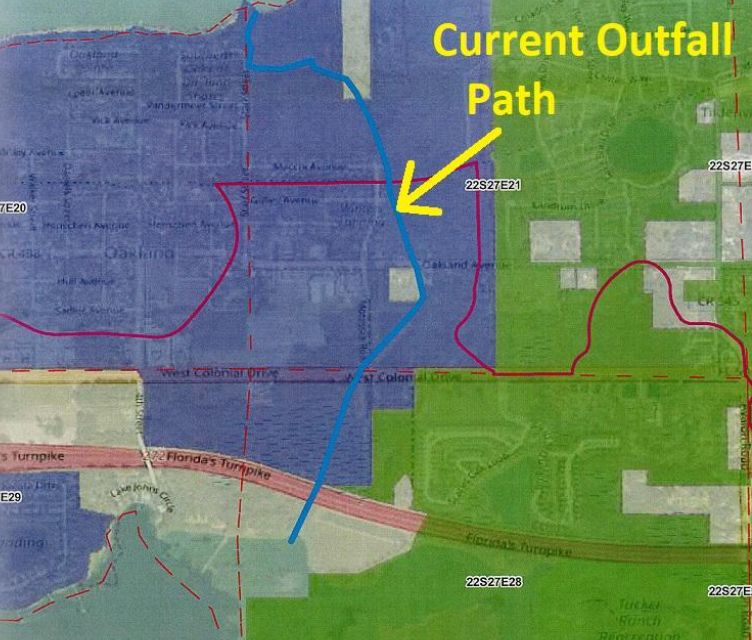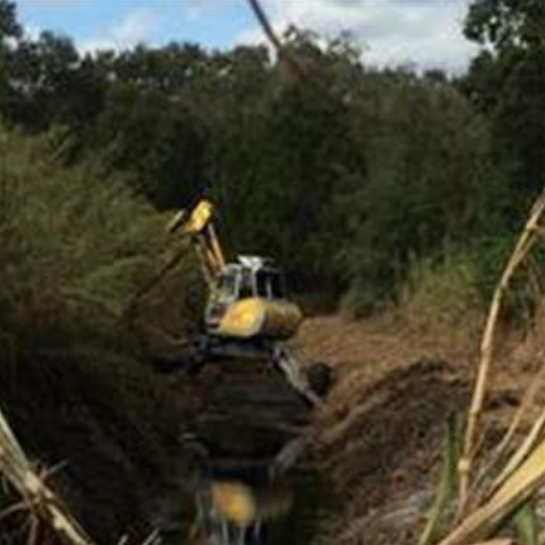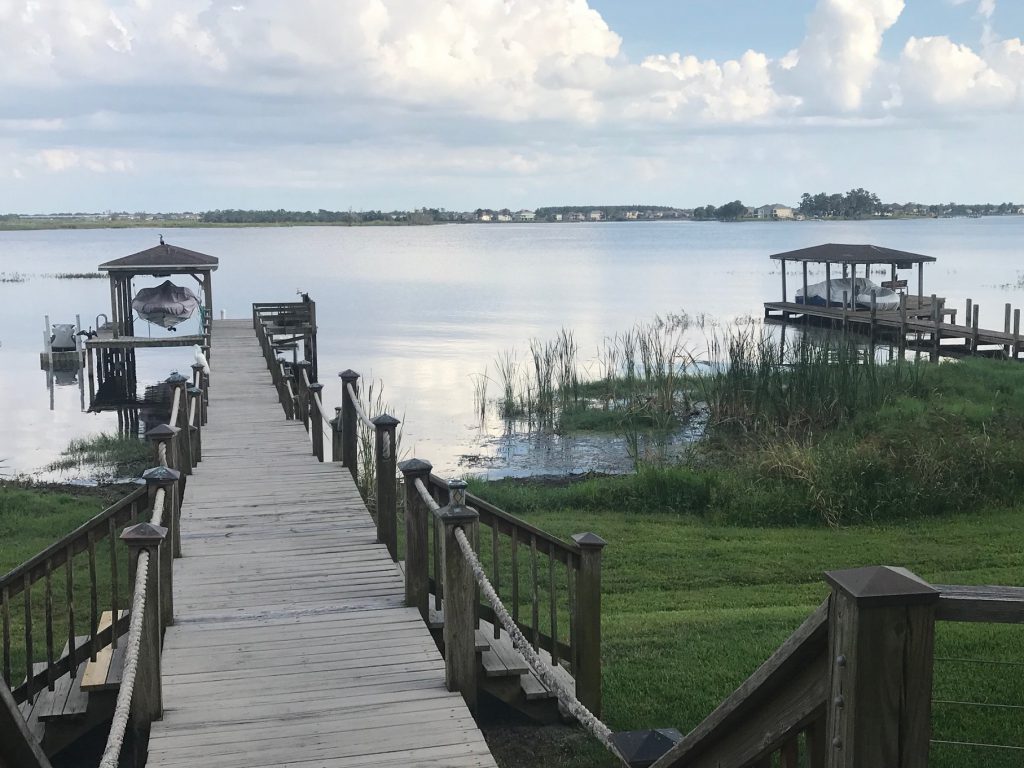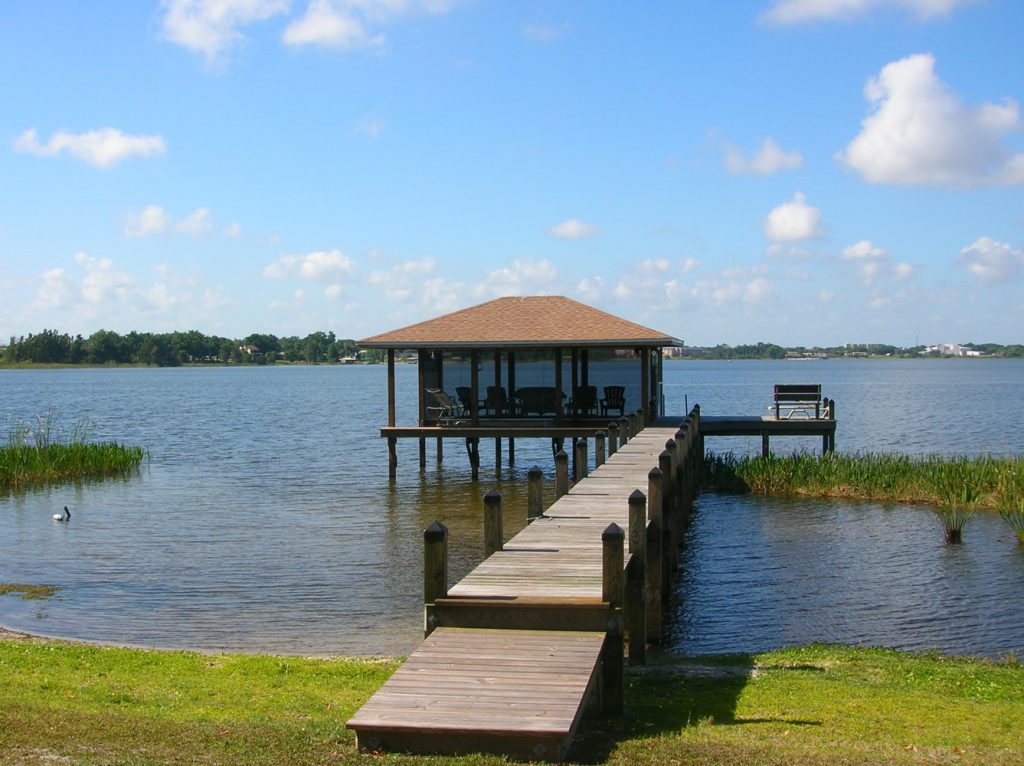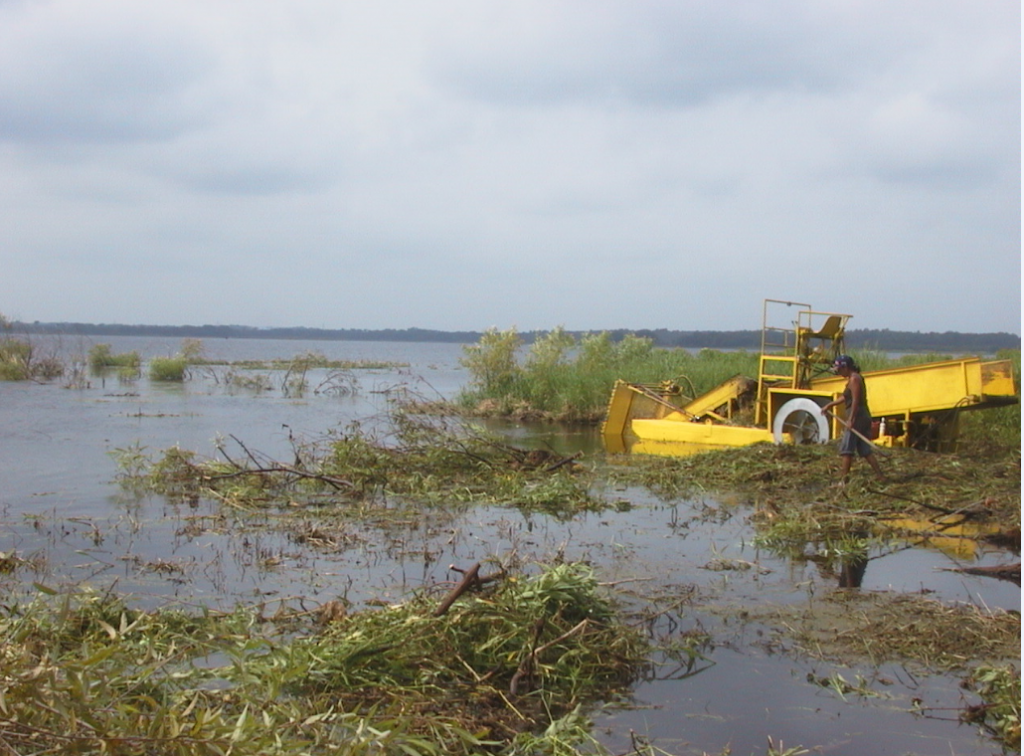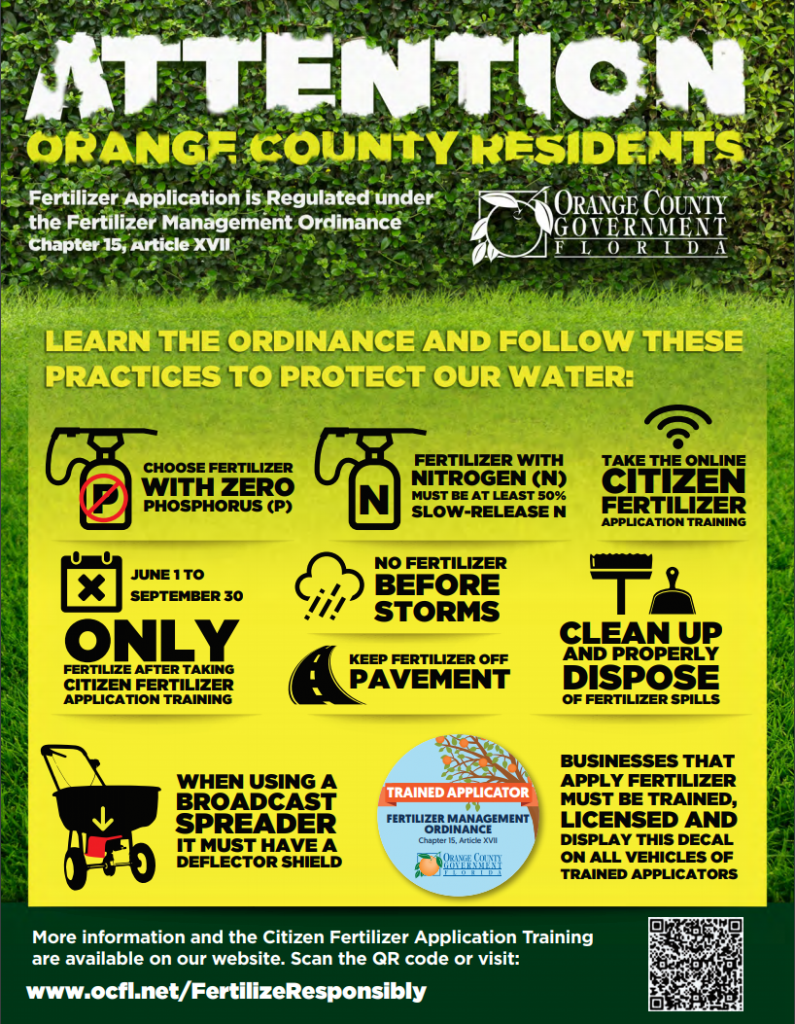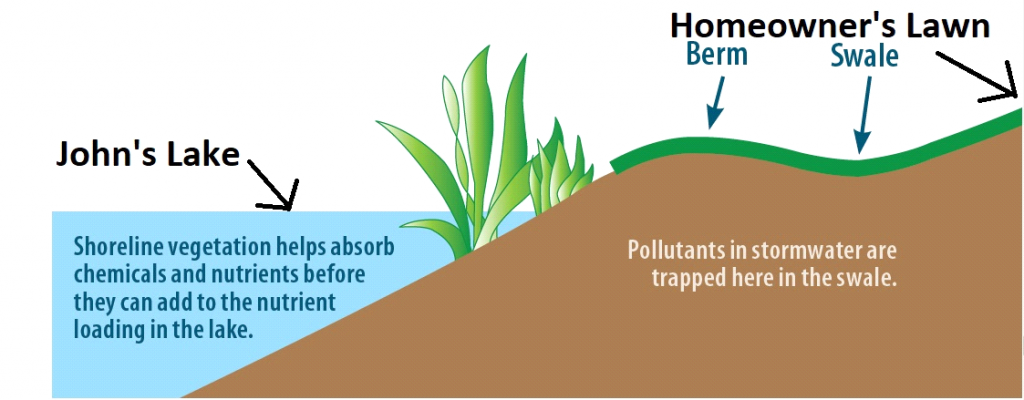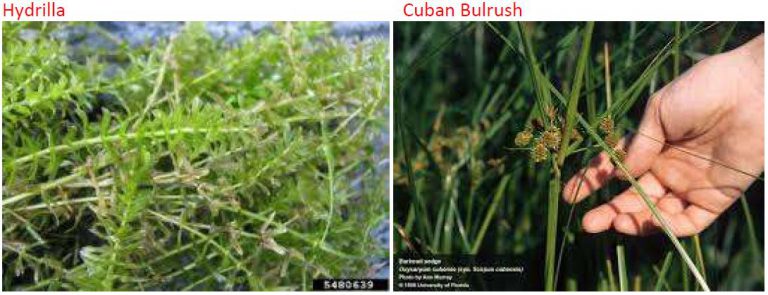In order to preserve the water quality of Johns Lake we need to be responsible. Homeowners should feel a responsibility to the environment to do their part to keep the lake as pristine as possible. There are really only a few precautions and actions needed to accomplish this:
Do’s
Reduce Chemicals. Minimize herbicide, pesticide and fertilizer use. Never apply these chemicals before heavy rains. Spread mulch to prevent weeds and erosion. Identify pests before spraying and use the least-toxic pesticide available. Follow label directions for all pesticide, herbicides, and fertilizers.
Manage Yard Waste. Never blow lawn clippings into streets, lakes, or storm drains. Use leaves and pine needles as mulch. Compost yard waste and kitchen scraps. Pick up trash, litter and pet waste.
Conserve Water. Plant native or Florida-friendly plants. Turn off irrigation systems during the rainy season (June 1 – Sept. 30) or make sure your rain gauge is working properly. Install a moisture sensor on old irrigation systems, or make sure your sensors are working correctly. Direct sprinkler heads toward the landscape, away from pavement. Inspect sprinkler heads often and repair when needed.
Obtain Permits. If you plan to change anything on your lakefront like removing or planting vegetation or changing some aspect of the berm or swale, permitting will ensure it’s done properly and within guidelines. It only requires filling out a form and paying a small fee and it is the proper way to conserve our water quality.
Don’ts
Modify a Berm or Swale. Lakefront home owners should never fill in a swale and remove or relocate a berm. These features are not designed for individual properties, in nearly all cases, berms and swales are tied into adjacent properties, sometimes through whole subdivisions and for miles in some instances. Any changes made to them can negatively affect other berms and pollute the lake. Also, modifying the berm can start the process of erosion which will eventually make the berm ineffective.
Dump Chemicals in Berm or Swale. Do not dump anything hazardous into the vicinity of the berm system since this defeats its purpose. Automotive fluids, petroleum products and even drainage from a swimming pool are harmful. You should drain swimming pools slowly, on your land, and not into the berm and swale system or anywhere near the lake.
Plant Any Unapproved Vegetation in Berm or Swale. The lakeside of the berm is very important and presents the “filtered” side of runoff and drainage to the lake. Planting anything on that side of the berm that requires fertilizer or pesticide should be avoided and completely defeats the purpose of the berm and swale feature.
Never Place Anything in the Swale Do not put yard waste trash, clippings or leaves in the swale. This impedes storm water runoff and increases the amount of pollutants that would flow into the lake.



